Confession, this is by far my least favorite time of year! If you’re a big game hunter, you know exactly what I’m talking about. Unless you are able to afford an international hunt, it’s been a number of months since you were able to get out into the high country glassing for tan hide and it will be a number more before you can really ramp up this year’s training and hunt prep…this is no man’s land!
Enter, the draw! It’s not boots-on-the-ground hunting, but it will scratch the itch and help ensure you have longer, more well-rounded hunting seasons in the future. Some planning won’t pay off for over a decade. However, when it pays off, it pays BIG!
Every state has its own laws regarding the acquiring of big game tags. These laws are tweaked annually, although the general structure/rules remain constant. Some are lotto (just pure luck of the draw). Some states are based on preference points. Some big game tags during certain seasons are OTC (over the counter) and don’t require any participation in the draw whatsoever. Some states allow for the harvesting of multiple animals of a certain species, while others are one-bag limit or even lifetime tag. In order take full advantage of your state’s draw, educate yourself on the draw system. A great place to start is your state’s parks and wildlife website as well as talking to seasoned hunters within your state.
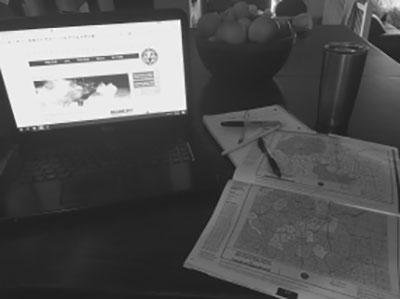
Colorado’s system is based on preference points. Each year in the spring, hunters can “purchase” points and/or put in for tags on certain animals in specific GMUs (game management unit). Each game animal and each season represents a separate point. The more desirable the hunt, the more points it will take before you are going to have any chance at acquiring the tag. For example, a first season rifle tag for elk in GMU 11 might only take one point. But a moose tag in GMU 6 might be a 12-point tag (meaning you will need to accumulate 12 years’ worth of moose preference points in order to have a chance at acquiring one of the very limited number of moose tags available in Colorado each year).
Every hunter should build a strategy to ensure they are maximizing their opportunities within the draw system. It’s quite frustrating to get three or four years into participating in the draw and realize you haven’t been putting in for points on a certain animal that you KNOW you are going to want to hunt in the future. Now you are four year behind where you would have been if you had been putting in for those points. It will cost you money for each point; however, the money (minus a small fee) that is spent on unsuccessful draws or simply preference points will be returned to you a few months following the end of the draw. So you can think of it as a kind of savings account!
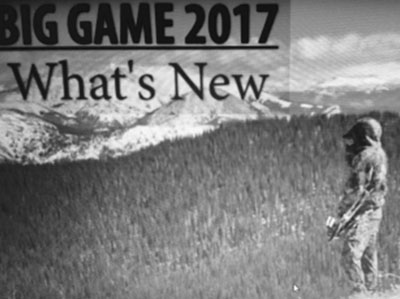
For new hunters working within a point system, I would very much recommend simply purchasing preference points for elk, deer, sheep and moose. You may also want to pick up points for bear and pronghorn. Then pick up a leftover tag or two (available in mid-July) for your hunt that year. That way you are going on hunts WHILE you are accumulating points for more desirable tags. By the time you are able to obtain more desirable hunts, you will have put in the practice and have a much better chance at notching that high-point tag.
The moral of the draw is just to participate, especially if your state is a point system! Each year represents future hunting opportunities. Don’t let those points go uncollected!


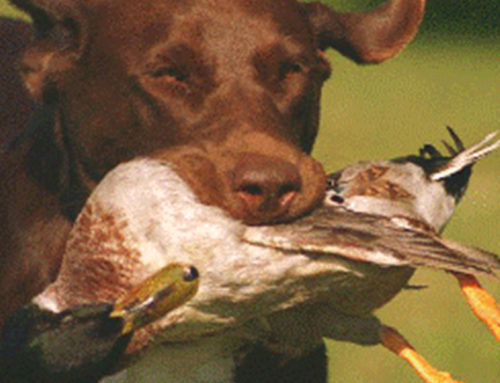

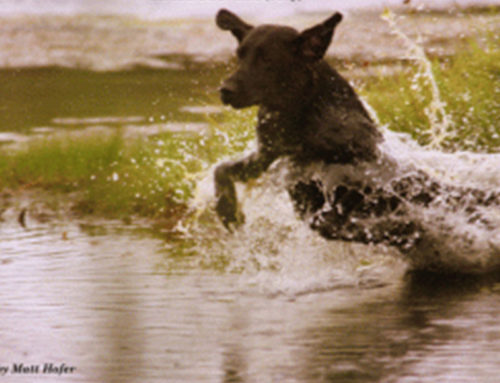
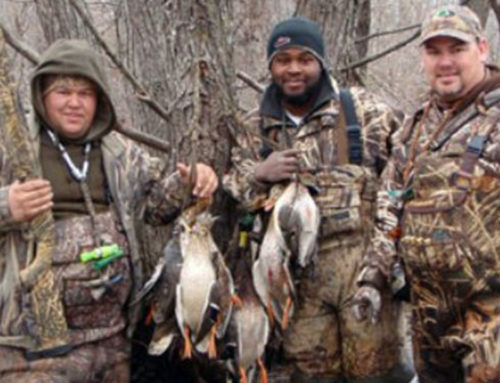
Leave A Comment